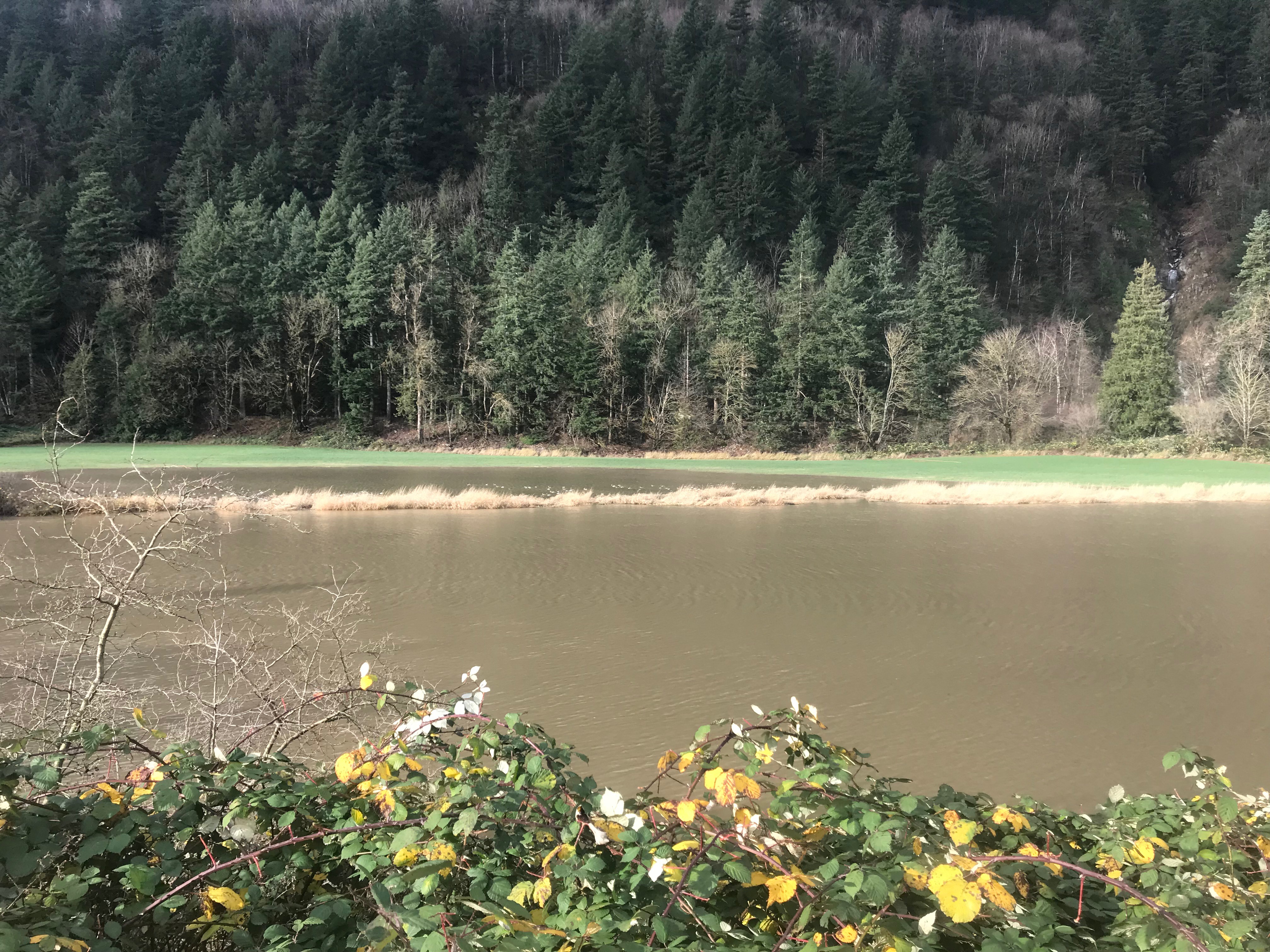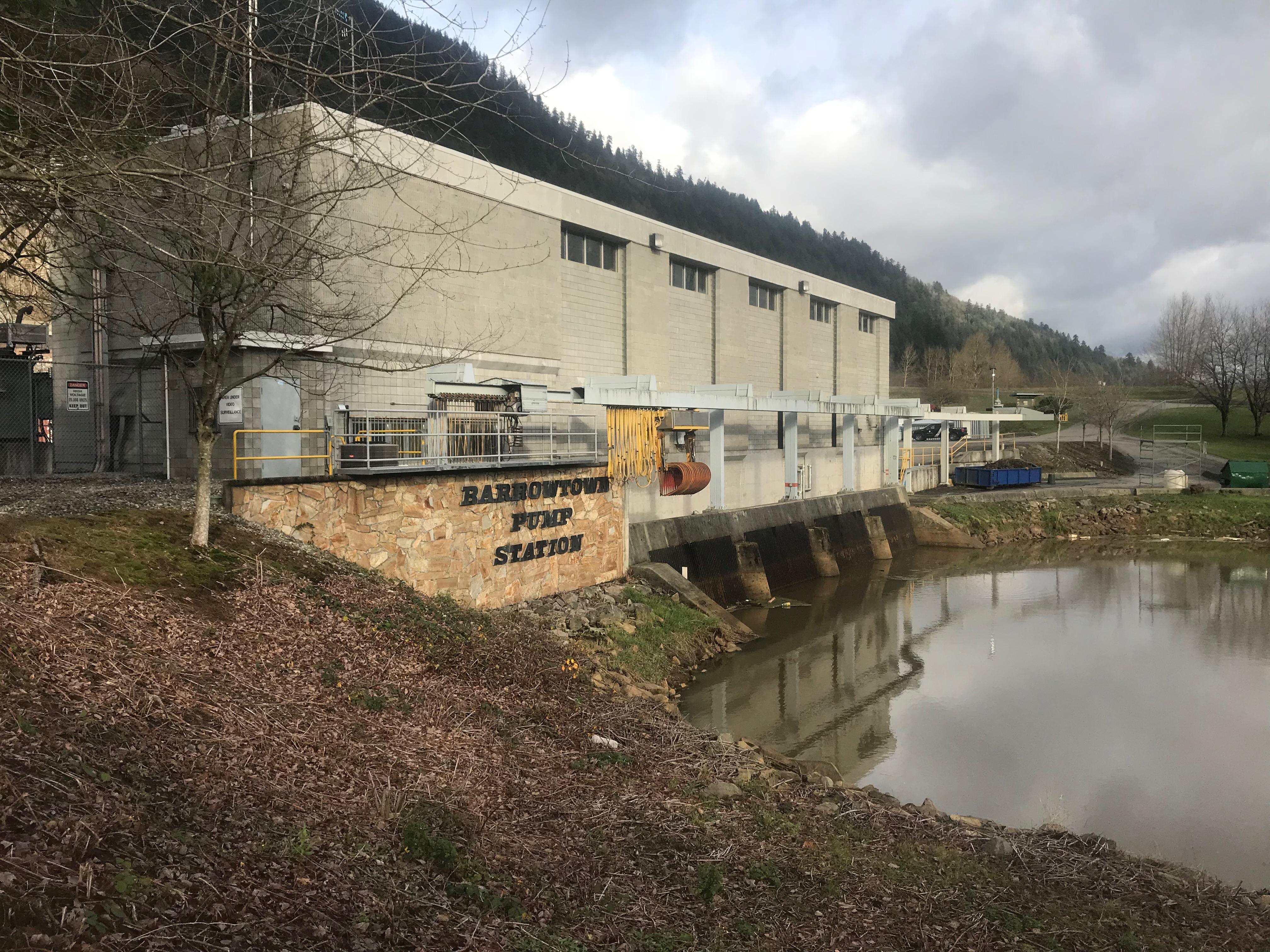With all the heavy rain and torrential down pours we’ve experienced in the Fraser Valley over the last few weeks, my mind is always drawn to the potential of flooding. Looking out my kitchen window at home, half of our property is under water. While this occurs every time we have extended rainy periods, it always reminds me that we live on the edge of an old lake bed.

As recently as 90 years ago, the Sumas Prairie between Abbotsford and Chilliwack was an 11,000 acre shallow lake known as Sumas Lake. It was the historical home of the Sumas First Nation, which had a village on stilts to protect them from the swarms of Mosquitoes in the summer months.
The lake was home to white sturgeon, trout, salmon, and other fish, as well as many bird species. Early farmers routinely plowed up freshwater clams while doing field work.
To the European settlers at the turn of the century, this tidal lake was a wasteland, causing flooding in nearby areas, regularly putting the Old Yale Road/wagon trail under water and limiting travel between Chilliwack and Vancouver. It held swarms of mosquitoes during the summer months, as well as blocked plans for a new railway.

By 1920, the government of the time had accepted a proposal to drain the lake using a system of dykes, ditches, and the Barrowtown Pump Station. By 1924, the lake was dry, and had been renamed the Sumas Prairie. It was sold to farmers and today produces more than a billion dollars worth of food each year. Even today, if the pumps shut down for a brief period, the lake would return.
If you are considering having a new home built in the Fraser Valley, remember, much of it is in the floodplain due to the history of Sumas Lake. Make sure you consult with an experienced and reputable builder like Alair Homes Chilliwack to ensure your home is planned and designed to minimize any potential flood risk.